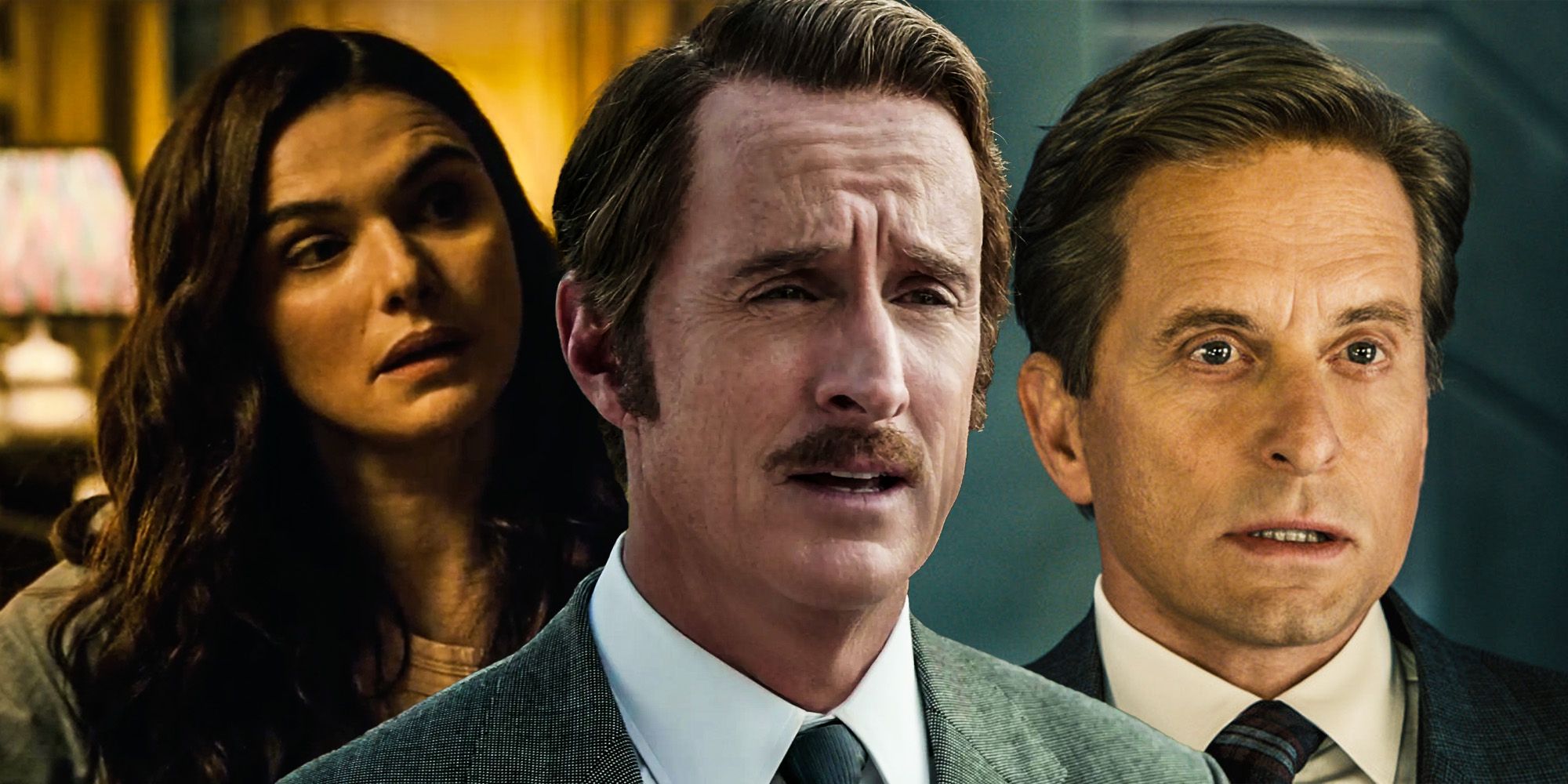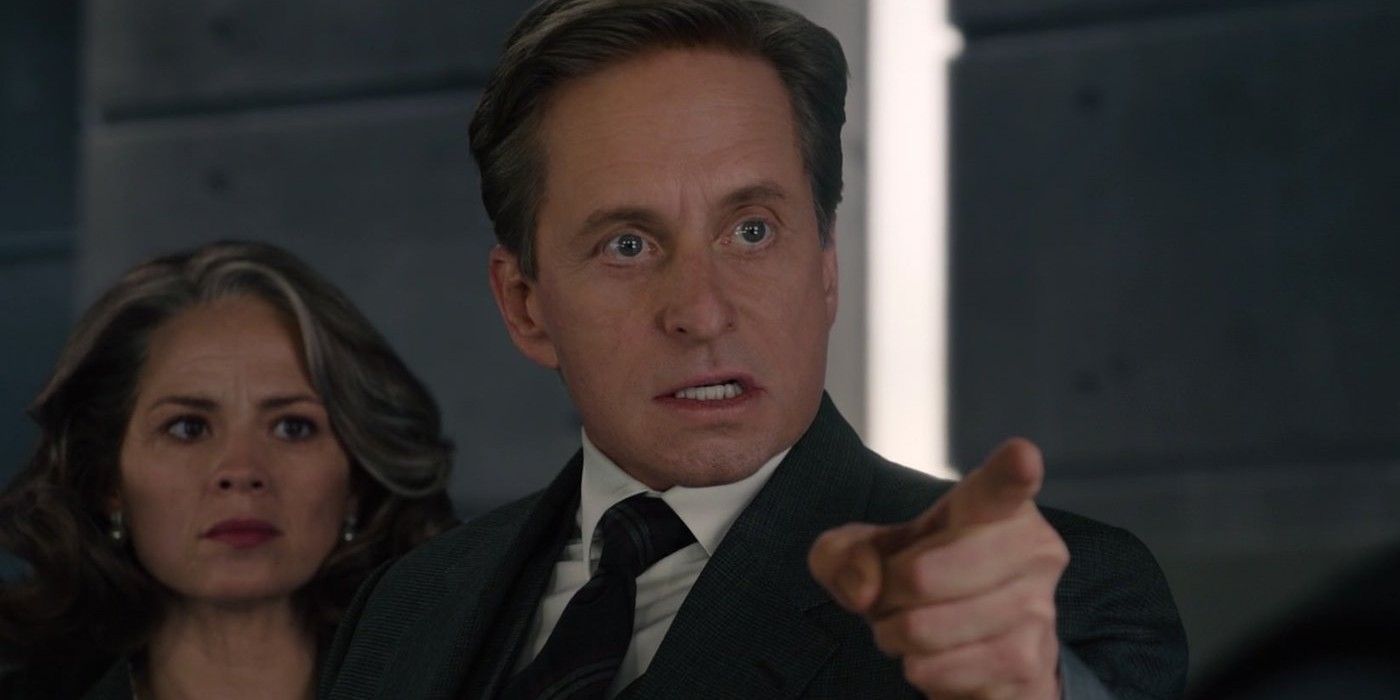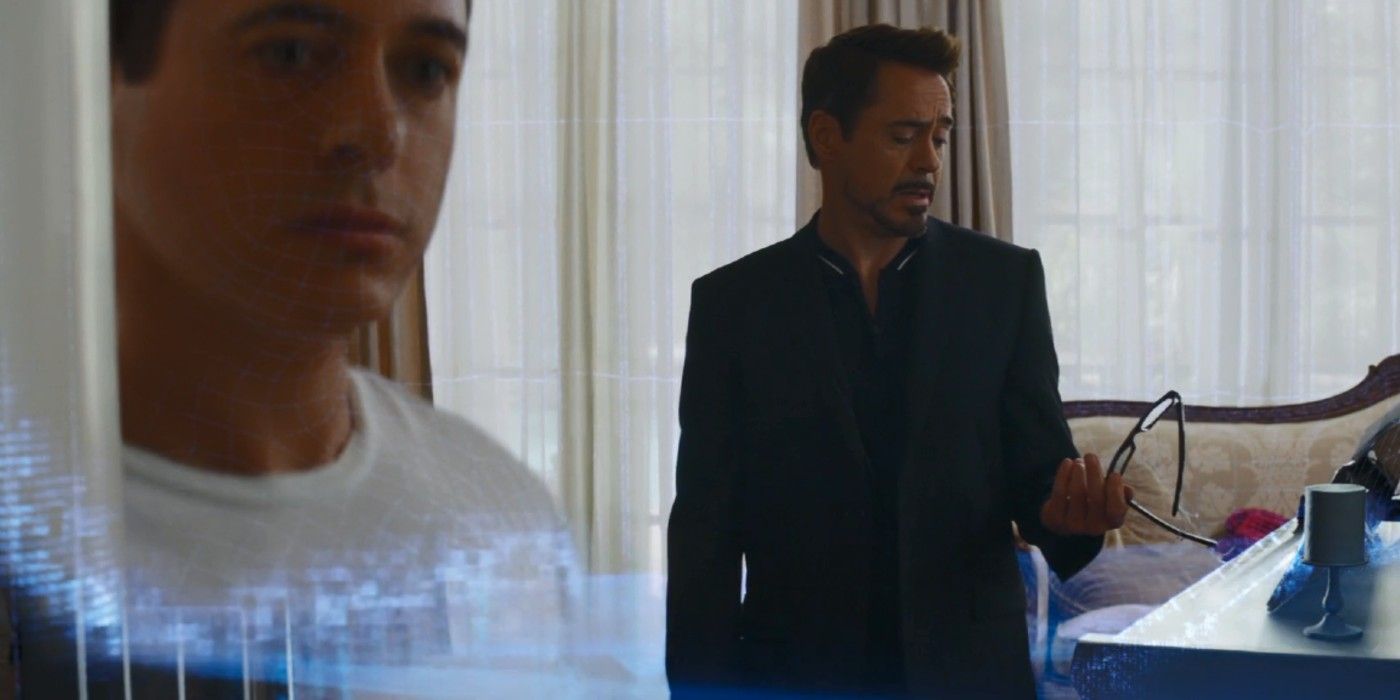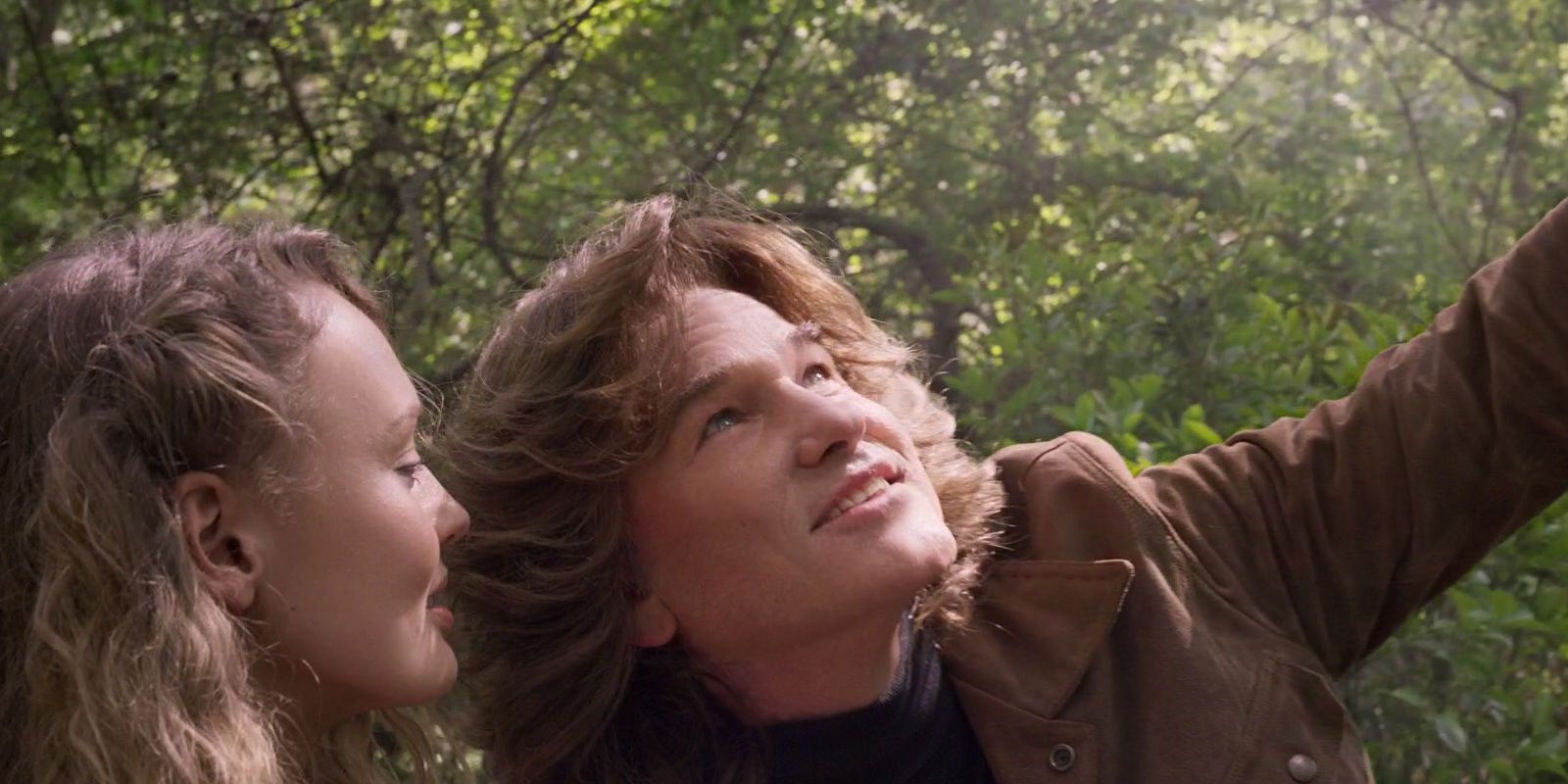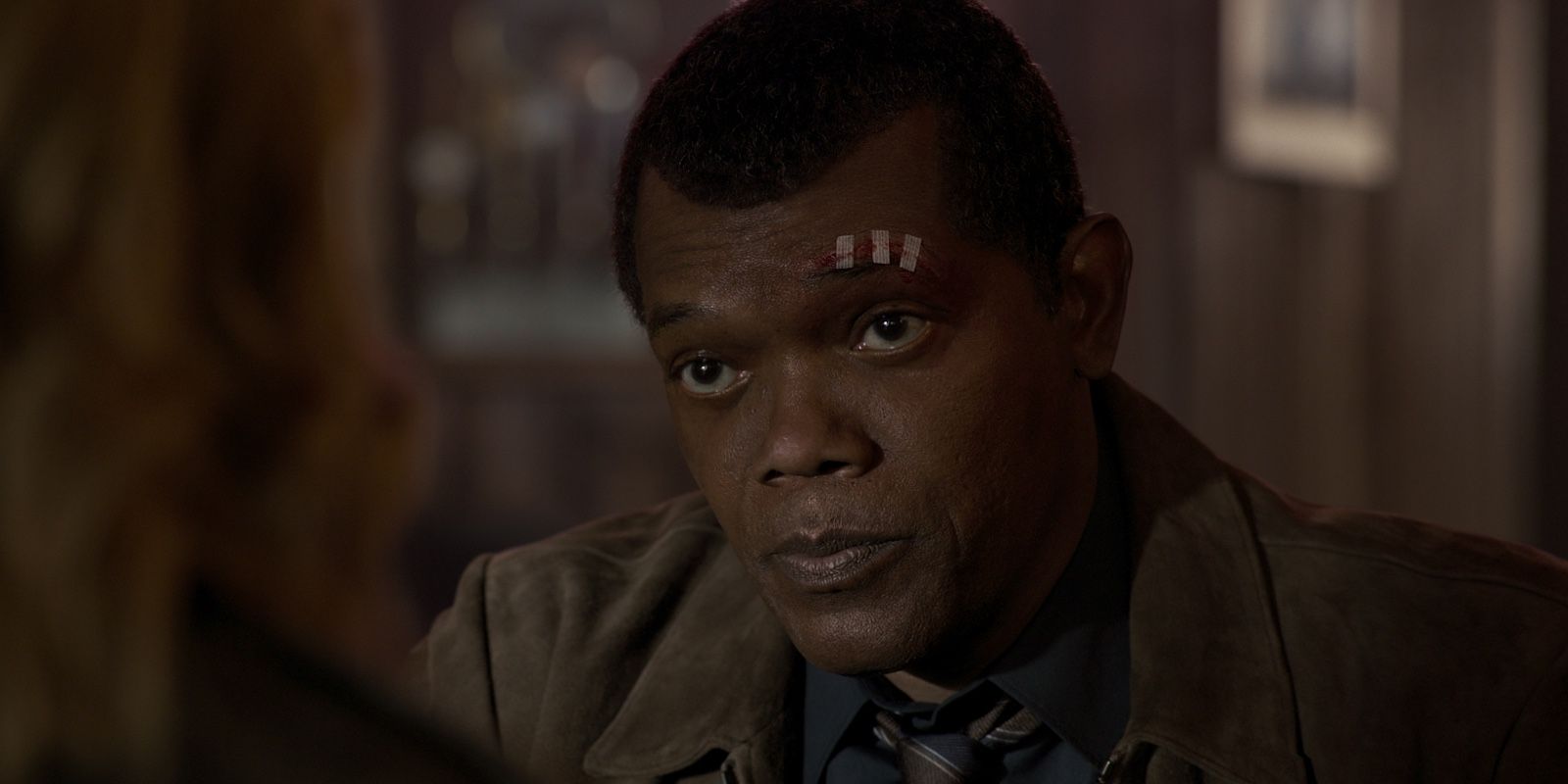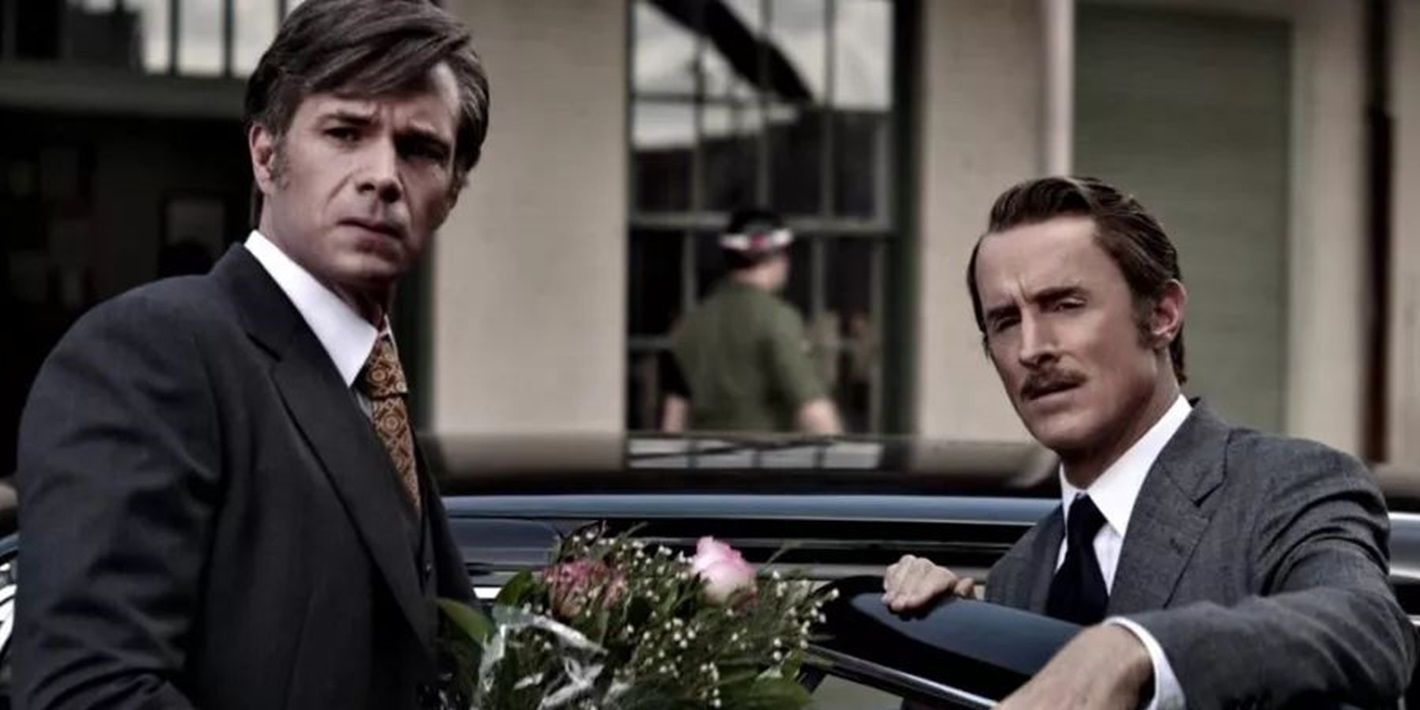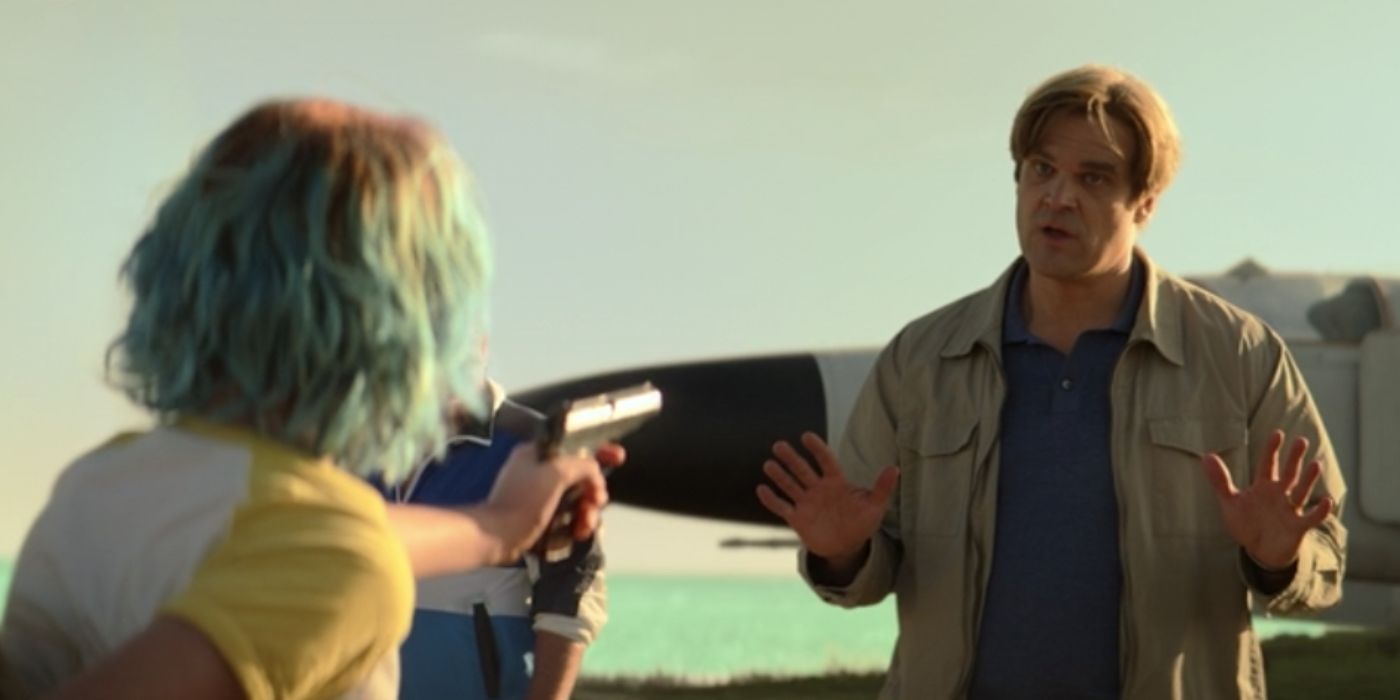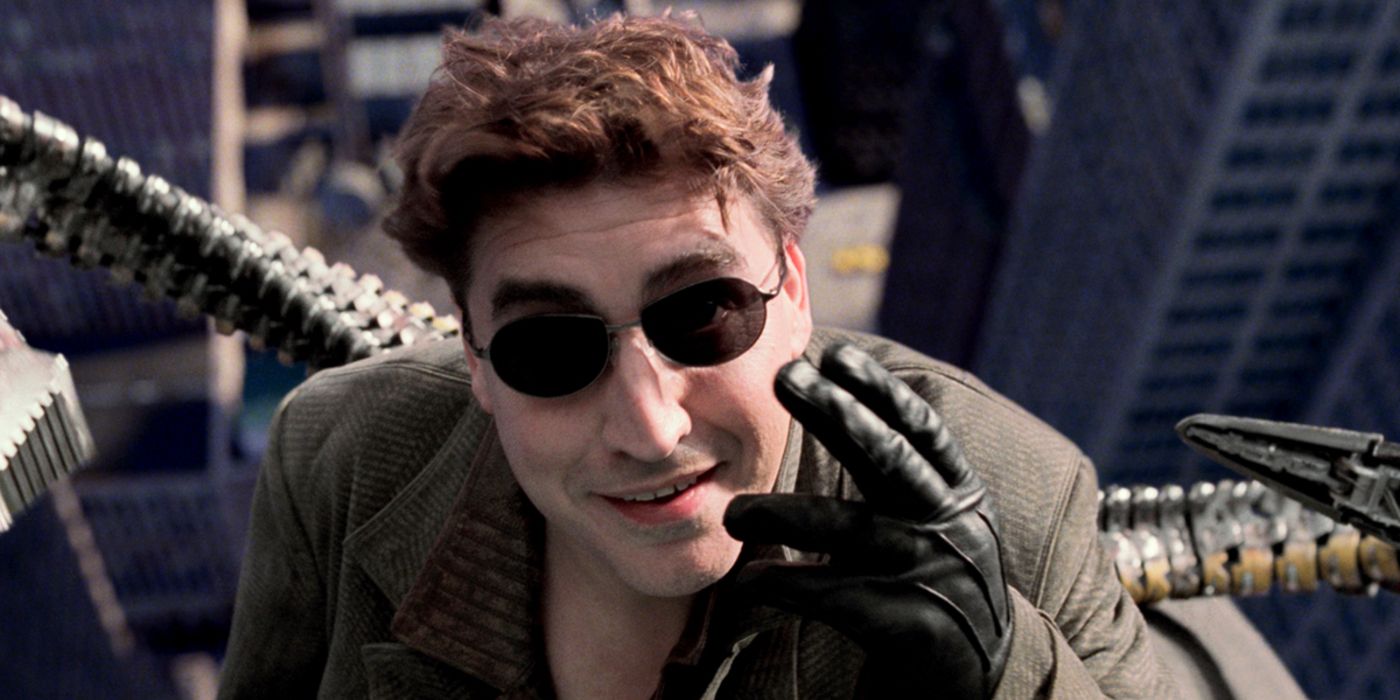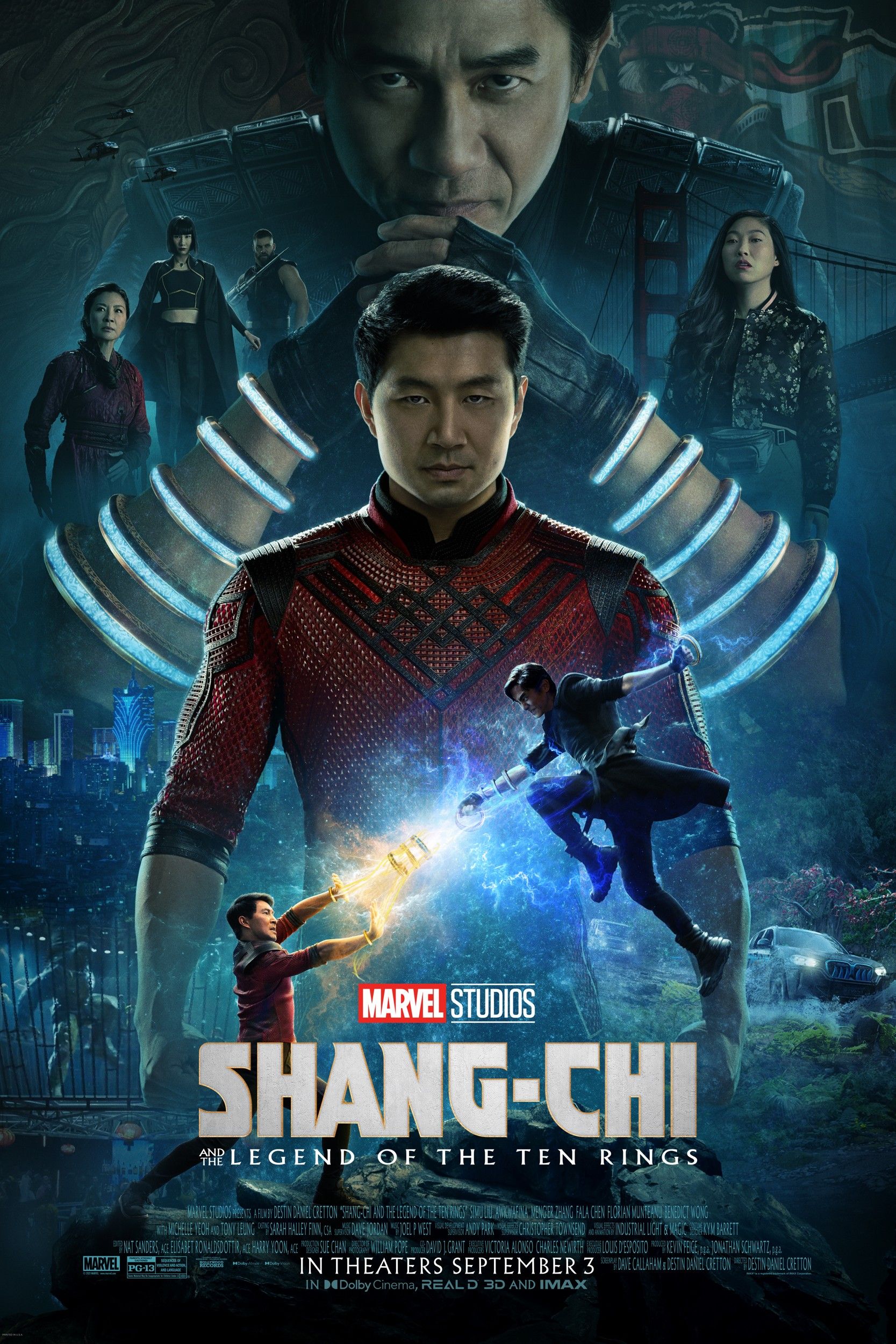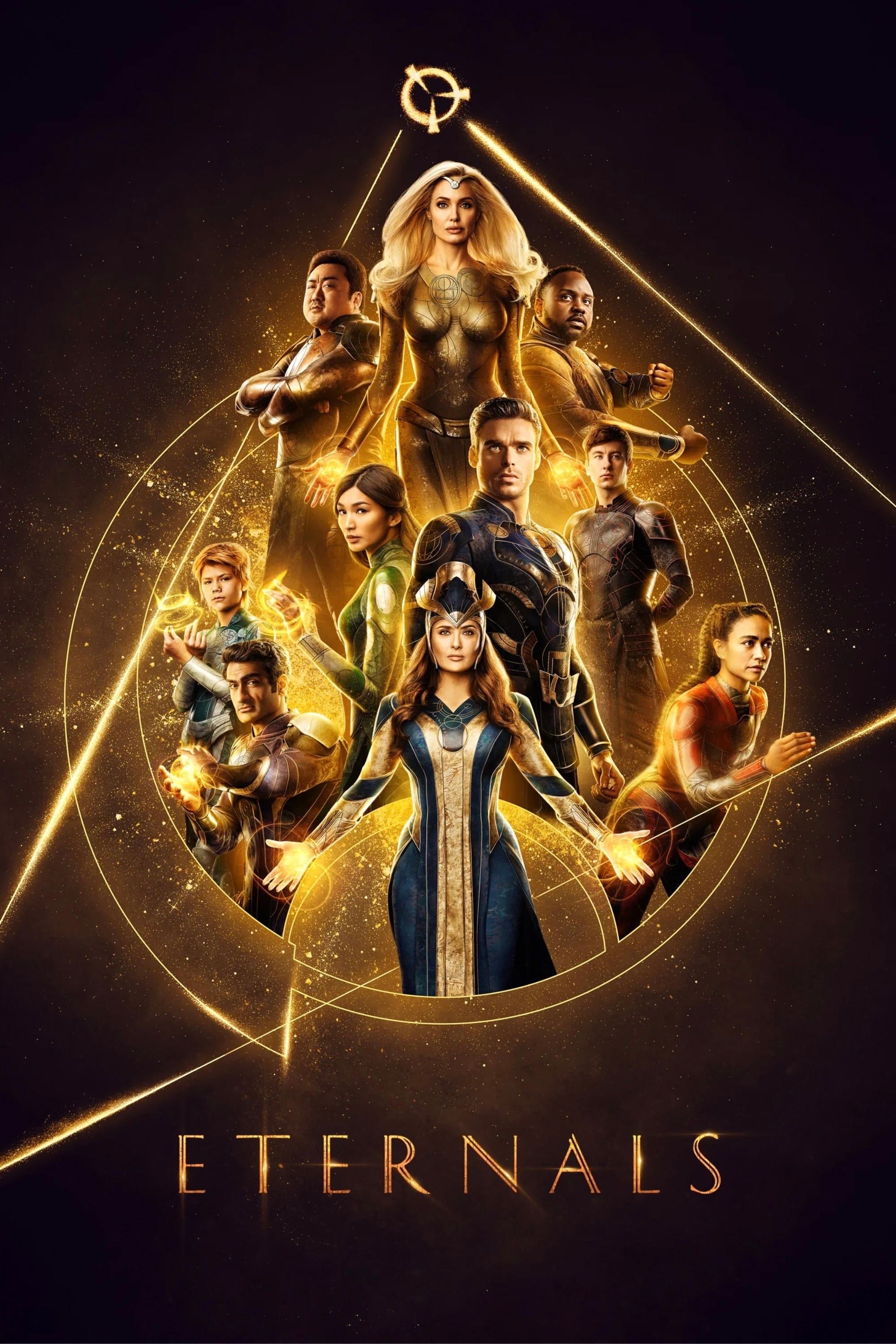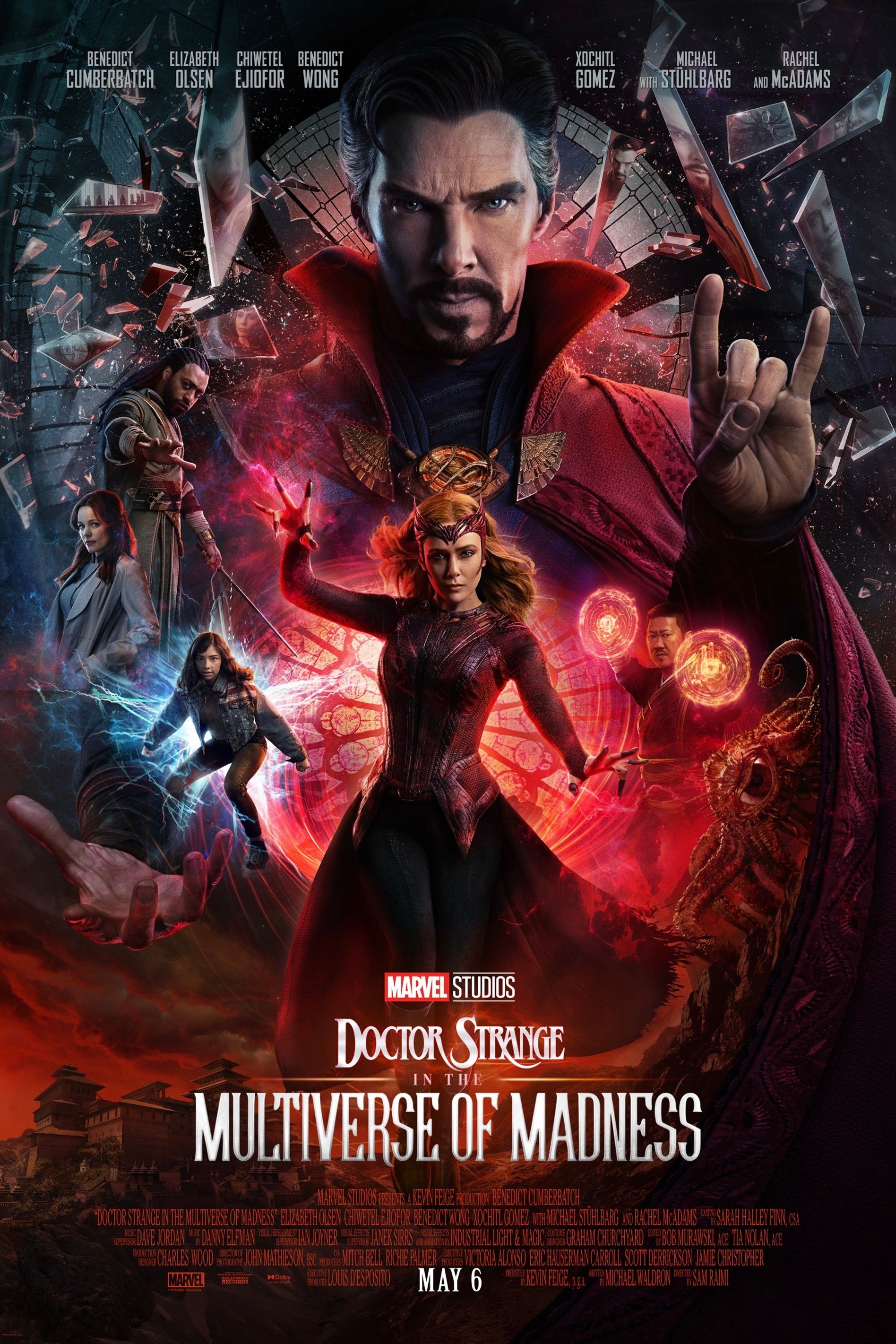Marvel Studios has regularly used de-aging technology since Marvel Cinematic Universe Phase 2 and they will continue to do it moving forward. The filmmaking technique has been around since the mid-2000s, with Fox's X-Men: The Last Stand being the first movie to utilize it. Since then, it has been a storytelling method that's often reserved for flashback sequences so projects need not recast an actor. But over the years, it has also been more prominently featured in period movies, most notably in Martin Scorsese's The Irishman which digitally de-aged its main cast to portray their younger selves.
Over at Marvel Studios, the technique has been gradually incorporated into their movies for a while now. While the MCU's beginning mostly had a linear narrative, the franchise has now grown into a massive universe where Kevin Feige and his team can be more creative in terms of the narratives they want to tackle. As Phase 4 delves deeper into the concept of time and branched realities, expect more stories to be told from various points in the timeline which makes the de-aging technology more important.
Before Marvel Studios, Fox has already used the digital trick in its Marvel films through the aforementioned The Last Stand, and X-Men Origins: Wolverine. In the former, Patrick Stewart and Ian McKellen were made younger for a flashback sequence with Professor X and Magneto. In the latter, Stewart also went through the same thing for his brief cameo. In the MCU, there are several projects that have used the technique, as well as, one film that has yet to be released.
Ant-Man
The first Marvel Studios film to use de-aging technology was Peyton Reed's Ant-Man. Released in 2015, the film opened with a flashback scene from 1989 where Hank Pym hands his resignation to S.H.I.E.L.D. after he discovered that they were trying to replicate the Pym Particles. Michael Douglas was made to look younger in the scene, so was Martin Donovan who played Mitchell Carson, who was eventually revealed to be a HYDRA operative inside the organization. Interestingly, Hayley Atwell, who played Peggy Carter, was aged in appearance since her character was supposed to be around 60 years old already at that time.
Captain America: Civil War
In the following year, Captain America: Civil War de-aged Robert Downey Jr. to depict a teenage Tony Stark. Directed by Joe and Anthony Russo, the 2016 film featured the fictional invention known as Binarily Augmented Retro-Framing/B.A.R.F. which creates a holographic illusion that helps humans deal with trauma and grief. Introduced by the genius, billionaire Avenger during his keynote speech at M.I.T, he showcased the technology by recreating his last interaction with his parents, Howard (John Slattery) and Maria (Hope Davis) Stark, before they were murdered by the Winter Soldier (Sebastian Stan) in 1992.
Guardians of the Galaxy Vol. 2
James Gunn followed up his first Marvel Studios project, Guardians of the Galaxy in 2017 via Guardians of the Galaxy Vol. 2. With the team of rag-tag cosmic heroes already operating as a unit after successfully protecting Xandar, the squad was met with a brand new mission after encountering Ego the Living Planet (Kurt Russell). The biological father of Peter Quill (Chris Pratt), the sequel depicted his relationship with Meredith Quill (Laura Haddock) leading up to her pregnancy and the eventual birth of Star-Lord in the 1980s.
Ant-Man and the Wasp
Like in Ant-Man, Douglas was once again de-aged as Hank Pym. But this time, he's depicted as a much younger man in Ant-Man and the Wasp to establish his life as the original shrinking hero. The 2018 movie also made Laurence Fishburne's Bill Foster and Michelle Pfeiffer's Janet van Dyne younger. They were featured in flashback sequences establishing their previous working and personal relationships with each other.
Captain Marvel
Up until this point, Marvel Studios had been using the de-aging technology in small doses, primarily through flashbacks. Anna Boden and Ryan Fleck's Captain Marvel changed this, however, with the whole film featuring younger Samuel L. Jackson and Clark Gregg as Nicky Fury and Phil Coulson — both characters were prominently featured in Phase 1 that's set in the late 2000s to early 2010s. Set in 1995, the events of the movie tackle how Carol Danvers got her powers from the Tesseract/Space Stone, after which, she was abducted by Yon-Rogg (Jude Law) and brainwashed to be a Kree in Hala. Captain Marvel also revealed what inspired Fury to come up with the Avengers Initiative which came to fruition in 2012.
Avengers: Endgame
After Captain Marvel, the MCU dialed up its use of the de-aging technology in Avengers: Endgame by making several characters look younger due to the movie's time-traveling nature. In the 2019 blockbuster, the original Avengers were all subtly de-aged during the New York leg of the time heist. Meanwhile, as Iron Man and Captain America further traveled back to the '70s to acquire the Tesseract/Space Stone, Endgame also featured younger-looking Douglas' Hank, as well as, Slattery's Howard Stark and Stan Lee for his final MCU cameo before passing away in 2018.
Black Widow
The latest Marvel Studios film, Black Widow, also used the same filmmaking technology, this time, on David Harbour's Alexei Shostakov/Red Guardian and Rachel Weisz's Melina Vostokoff. Directed by Cate Shortland, Scarlett Johansson's final MCU outing started with a flashback in 1995 Ohio where Natasha Romanoff joins her Russian family as they do undercover work in the United States. In this sequence, both Harbor and Melina were made to appear younger. Meanwhile, Johansson and Florence Pugh, who plays Yelena Belova, were simply recast with Ever Anderson and Violet McGraw.
Spider-Man: No Way Home
One of the most anticipated projects in Marvel Cinematic Universe Phase 4 is Spider-Man: No Way Home by director Jon Watts. This will be the third solo project for Tom Holland's Peter Parker in the MCU. While both Marvel Studios and Sony have remained mum about the project, with barely anything officially known about its narrative just yet, Alfred Molina has taken upon himself to reveal that he will be back as Otto/Octavius/Doc Ock in the movie. The actor previously played the role in Sam Raimi's Spider-Man 2 from 2004 and was one of the several previous villains from other Spider-Men franchises that were rumored to appear in No Way Home. But instead of being silent about the matter, he not only announced that he's indeed coming back for the upcoming film, but he also shared that he will be de-aged in it. No additional information has been revealed yet with regard to what this means to his role in the story.

